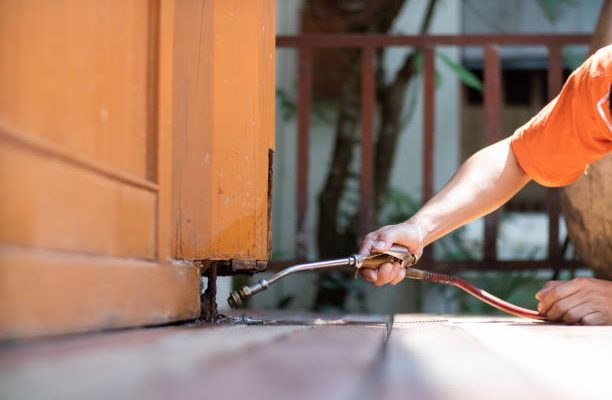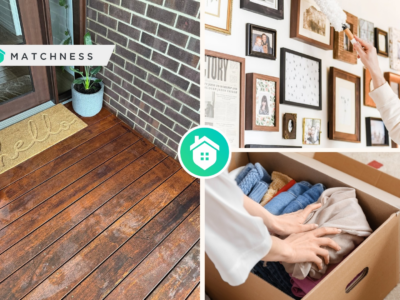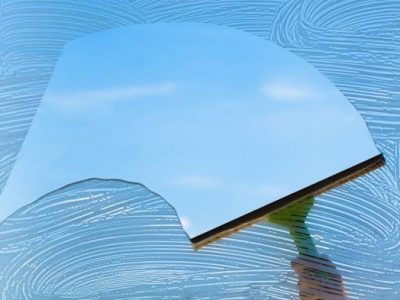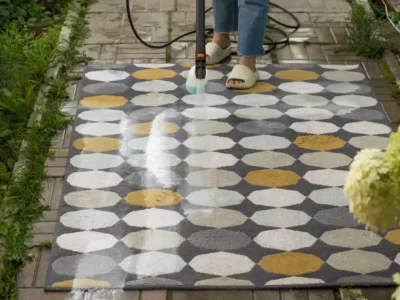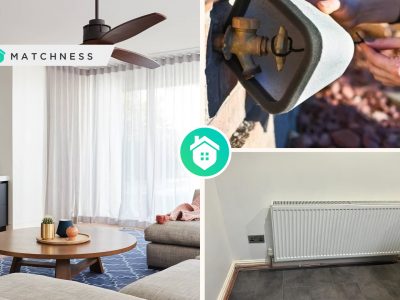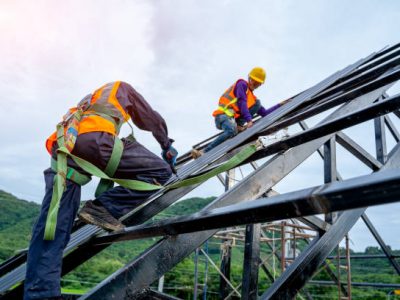Understanding Sydney Termite Infestations: Termites are small, organized insects (incorrectly called “white ants” by laypersons) that feed on cellulose materials like wood. Their infestations cause significant structural damage in Sydney, Australia. They thrive in warm, humid environments and may multiply rapidly. Termites build extensive underground colonies, making early detection challenging.
- Physical Barriers: Physical barriers provide a strong defense against termite entry into buildings. These barriers, made from materials like stainless steel mesh or crushed rock, can be installed during construction or later added as a retrofit solution. Additionally, chemically treated plastic sheeting can be used during construction to form a barrier that prevents termites from gaining access to the building. Installed during construction, these barriers offer long-term protection without chemicals but need proper professional installation and regular inspections.
- Foaming Treatments: Foaming treatments involve injecting termiticidal foam into termite-infested areas or galleries. The foam expands and reaches hidden spaces, effectively eliminating termites.
- Dust Treatments: Dust treatments use termiticidal dust applied to termite galleries or active sites. Termites then transport the dust back to their colony, which helps eradicate the entire colony.
- Chemical Barrier Treatments: In Australia, chemical barriers are a standard method for termite control. This involves applying liquid termiticides around the property’s perimeter to prevent termite entry. Non-repellent chemicals like bifenthrin and imidacloprid allow termites to unknowingly pass through the barrier, carrying toxins back to their colony and killing the entire colony. Chemical barriers provide long-lasting protection but require professional application and periodic inspections to ensure effectiveness. The barrier may degrade over time due to environmental factors.
- Termite Bait Systems: Baiting systems are another effective option. They use attractants to lure termites away from the structure. Termites feed on the bait and carry the toxic substance back to their colony, gradually eliminating it. Bait systems are eco-friendly and pose minimal risk to humans and pets. Regular monitoring and bait replacement are necessary, so professional pest control services are recommended for installation and maintenance.
- Timber Treatments: During construction, timbers can be treated with termiticides to make them more resistant to termites. This treatment is a preventive measure against future termite issues and is only effective if all timbers are completely treated. Surface applications need appropriate PPE worn by experienced and qualified technicians. NOT recommended as it is not always practical to implement on building sites and often more toxic.
Home Purchase and Termite Treatment: Prospective homeowners often get caught up in the buying process and may need to inspect the property for termites before closing. We recommend two effective termite treatments: the Chemical Termite Barrier and Termite Monitoring/Bait Stations. Applying both can be beneficial in many cases, especially if the property is susceptible to termites.
The Chemical Termite Barrier is a comprehensive and effective preventative treatment for termite-prone homes. Various termiticides are available; some repel and kill termites on contact (Repellent) , while others are designed to be picked up by termites (Non-Repellent), leading to colony-wide elimination. This process is known as Trophollaxis or the exchanging of food between insects through saliva or gut contents.
Termite Monitoring/Bait Stations, on the other hand, are used for early detection rather than prevention. Placed at intervals around the home, these stations contain attractive timber pieces. Regular monitoring helps identify termite presence early. If termites are detected, they can be treated with dust, often eliminating the entire colony.
For more details on termite treatments or expert advice, call 0417 251 911 or email [email protected] . You can also contact Bruce directly at [email protected] .
Regular Inspections: Routine inspections by pest control professionals, like those from A1 Pest Control, are crucial for the early detection of termite activity. Early intervention helps prevent extensive damage to your property.
The termite treatment choice should be based on specific factors related to your property and the termite species present. Professional assessment is essential for determining the most effective treatment. Note that many of the above termite treatments require application by licensed professionals due to regulated pesticides.
Integrated Pest Management (IPM): IPM is a low and non-toxic approach combining various termite treatment methods for safer termite protection. It includes regular inspections, preventive measures, targeted treatments, and continuous monitoring to manage termite populations while minimizing environmental impact.
For more tips on Sydney Termite Treatment please visit our website at https://www.a1pestcontrol.com.au/


